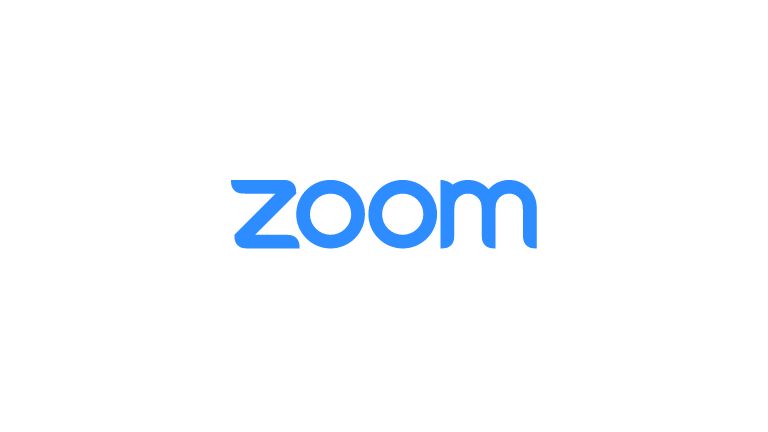In this article, we’re going to take a look at some of the main Zoom Alternatives, and then review them in relation to their key features to see which one is best for your needs.
What is Zoom Alternatives?
Zoom is a video conferencing and web conferencing service that offers high-quality audio, video, and screen-sharing capabilities. It’s one of the most popular options on the market, but it’s not the only one. In this article, we’ll compare Zoom with some of its biggest competitors and alternatives to help you decide which platform is right for your needs.
How to Use Zoom
Zoom is a powerful teleconferencing tool that has taken the business world by storm. It’s simple to use and offers a variety of features that make it an ideal solution for companies of all sizes. But what if you’re not interested in using Zoom? What are your alternatives?
In this article, we’ll take a look at some of the biggest Zoom alternatives and competitors out there. We’ll compare features and pricing, so you can decide which tool is right for your business.
Best Zoom Alternatives
It’s no secret that Zoom is the reigning champion when it comes to video conferencing apps. But that doesn’t mean it’s the only option out there. In fact, there are a number of Zoom alternatives that offer similar features and functionality.
we’ll take a look at some of the best Zoom alternatives and compare their features side-by-side. Hopefully, this will help you decide which video conferencing app is right for your needs.
So without further ado, let’s get started!
Google Hangouts
Google Hangouts is a video conferencing app that’s been around for quite some time. It was originally released in 2013 and has since become one of the most popular video conferencing apps on the market.
One of the best things about Google Hangouts is that it’s very easy to use. You don’t need to download any additional software or plugins, which makes it ideal for those who are new to video conferencing.
Another great thing about Google Hangouts is that it integrates seamlessly with other Google products, such as Gmail and Google Calendar. This makes it very convenient for users who are already familiar with these products.
Finally, Google Hangouts is completely free to use, which makes it a great option for those on a budget.
Skype
Skype is another video conferencing app that’s been around for quite some time. It was originally released in 2003 and has since become one of the most popular video conferencing apps on the market.
One of the best things about Skype is that it offers a wide range of features, such as screen sharing and group chat. It also integrates seamlessly with Microsoft products, such as Outlook and Office .
Another great thing about Skype is that it’s very easy to use. You don’t need to download any additional software or plugins, which makes it ideal for those who are new to video conferencing.
Finally, Skype is completely free to use, which makes it a great option for those on a budget.
GoToMeeting
GoToMeeting is a video conferencing app that’s designed for business users. It offers a wide range of features, such as screen sharing and group chat. It also integrates seamlessly with Microsoft products, such as Outlook and Office.
One of the best things about GoToMeeting is that it’s very easy to use. You don’t need to download any additional software or plugins, which makes it ideal for those who are new to video conferencing.
Another great thing about GoToMeeting is that it offers a free trial, which allows you to test out the app before committing to a paid subscription.
Finally, GoToMeeting is available on a variety of platforms, including Windows, Mac, iOS, and Android.
Conclusion
In conclusion, there are a few different big Zoom alternatives and competitors out there. If you’re looking for an alternative to Zoom that offers similar features and functionality, then any of the options on this list should suffice. However, if you’re looking for something that’s a little bit different or offers more features, then one of the other options might be a better fit. Ultimately, it all comes down to personal preference and what you need from your video conferencing software.





